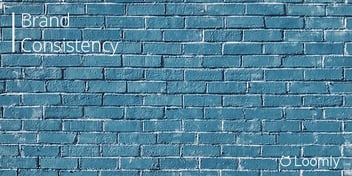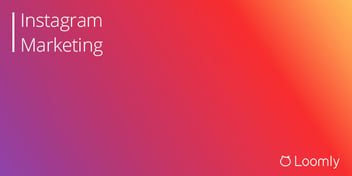Brand Messaging: How to Resonate With Your Audience
Brand messaging is the one thing that should tie together every piece of content you create.
It’s more than a slogan or tagline, or your products and services, although both form part of a brand messaging strategy.
Consistent messaging that reflects your brand values and resonates with your audience on an emotional level is essential for building brand loyalty.
But without a robust brand messaging framework, your value proposition will likely get lost in a sea of meaningless, disjointed words.
So in this guide, we’ll explore what brand messaging entails and why it’s important for your business. Then we’ll look at some examples of successful brand messaging before you get to work on developing your brand messaging framework.
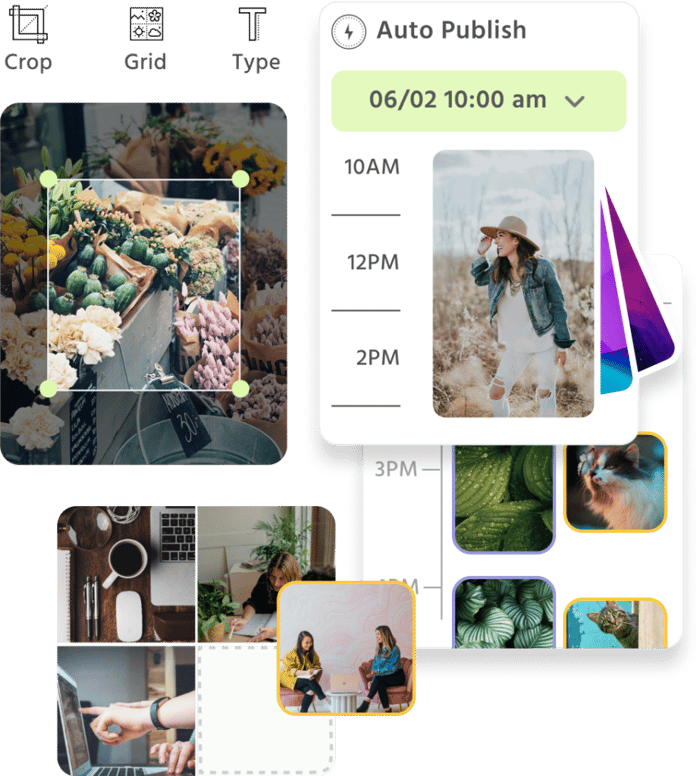
Manage all your social media accounts in one place.
Craft, schedule, & auto-post content to all your social channels, then track analytics and manage interactions from a single, easy-to-use dashboard.
What is Brand Messaging?
Brand messaging is the art and science of using the right words to communicate the personality of your brand to your audience, both internally and externally. It refers to the tone of voice, language, and phrasing that appears on your website and other marketing materials to describe your brand’s underlying value proposition.
Brand messaging is all about how people perceive you, based on your company culture, values, and mission statements.
- What is the purpose of your brand?
- What is the vision for your brand?
- Where do you see your brand going over the next 1-5 years?
Internal brand messaging
Brand messaging lets your team know what you do and why you do it through a set of guidelines. It’s usually based on your mission, vision, and values, and helps them communicate consistently with other people.
External brand messaging
Once you have your internal messaging sorted, you can communicate effectively to your target audience and customers. External brand messaging typically includes your positioning statement, differentiators from your competitors, value propositions, plus slogans or taglines.
Brand messaging is what makes your brand relevant to your target audience and convinces them to trust in your brand.
Why is Brand Messaging Important for Your Organization?
Whatever content you share tells your brand story in some shape or form. That means everyone in your company needs to tell your story consistently in every piece of content.
Without brand messaging guidelines, you’ll end up with different stories or at least stories with different emphases.
Brand messaging guidelines ensure everyone from sales, marketing, and support can tell your story in the right manner. It needs to describe who you are, what you do, and how you do it. Typically, it includes:
- Your brand’s USP
- A description of your target audience
- Your company values and goals
- Your brand story
- Any slogans or taglines
- The tone of voice to use
- Any other messaging to include
- Any words or phrases to exclude from brand messages
Without brand messaging guidelines, your content will be disjointed. But following the guidelines ensures every piece of content is aligned and effective. It will help your company to:
- Improve brand consistency as everyone is telling the same story. Brand consistency builds confidence with your audience, as well as enhancing brand awareness.
- Increase staff efficiency as everyone knows what document to reference when they’re preparing content, whether it’s for the website homepage, a social media post, or answering a support query.
- Boost revenue and increase lifetime value (LTV) as customers who trust the brands they purchase from will reward them with loyalty, engagement, and advocacy.
Brand messaging is what makes your brand relevant to your target audience and convinces them to trust in your brand. It’s the reason why it’s so important for your organization.
3 Examples of Successful Brand Messaging Strategies
Successful brands know how to deliver their brand message consistently and memorably, and in a way that is relevant to their prospects and customers.
Here are three examples of successful brand messages:
Apple
Apple has mastered the art of selling the latest technology products using simple, human, benefit-driven language.
For example, on the iPhone 11 instead of focusing on technical language like, “1792×828‑pixel resolution at 326 ppi and 256GB memory,” they use the tagline, “Just the right amount of everything.”
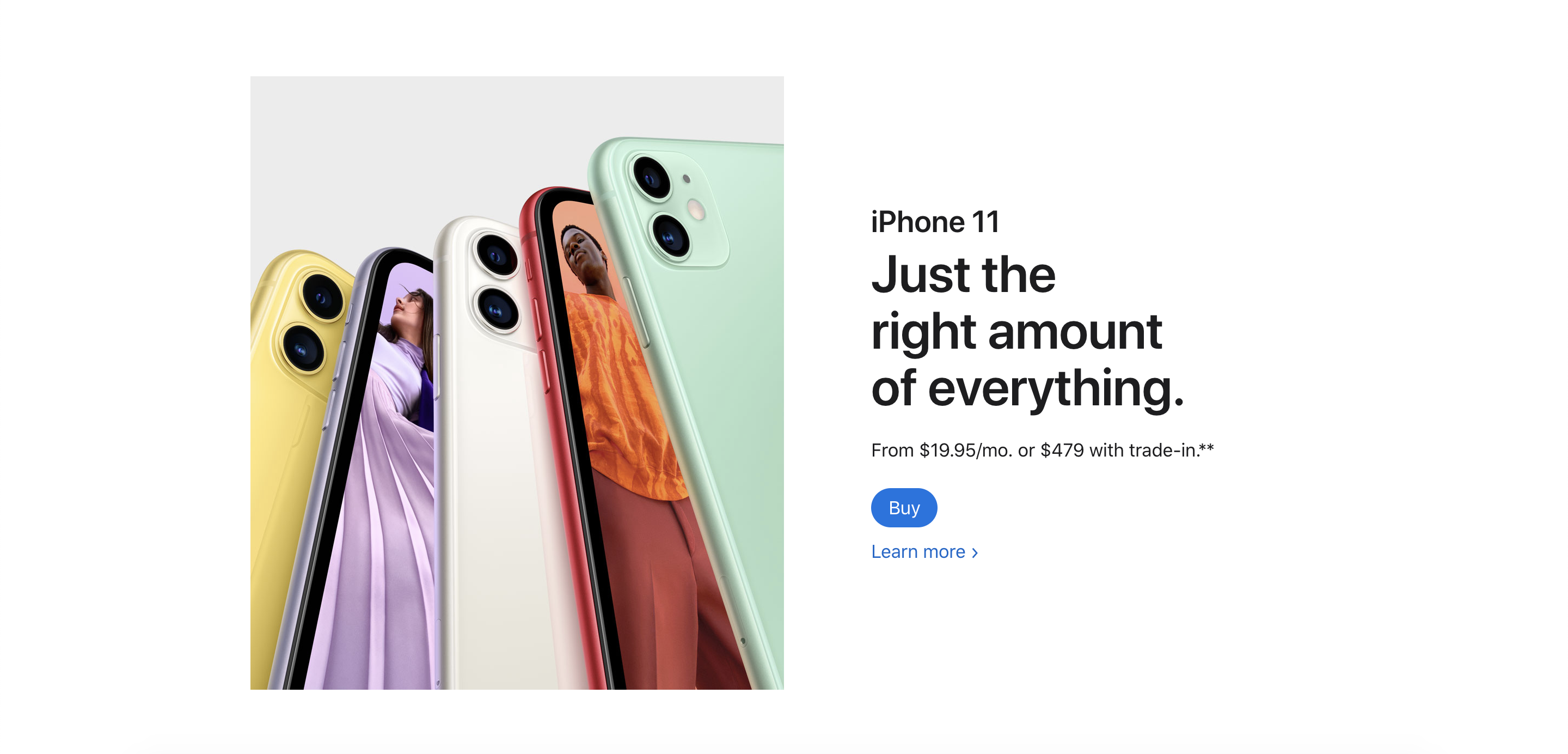
Next, they add more easy-to-understand benefits: “A new dual‑camera system captures more of what you see and love. The fastest chip ever in a smartphone and all‑day battery life let you do more and charge less. And the highest‑quality video in a smartphone, so your memories look better than ever.”
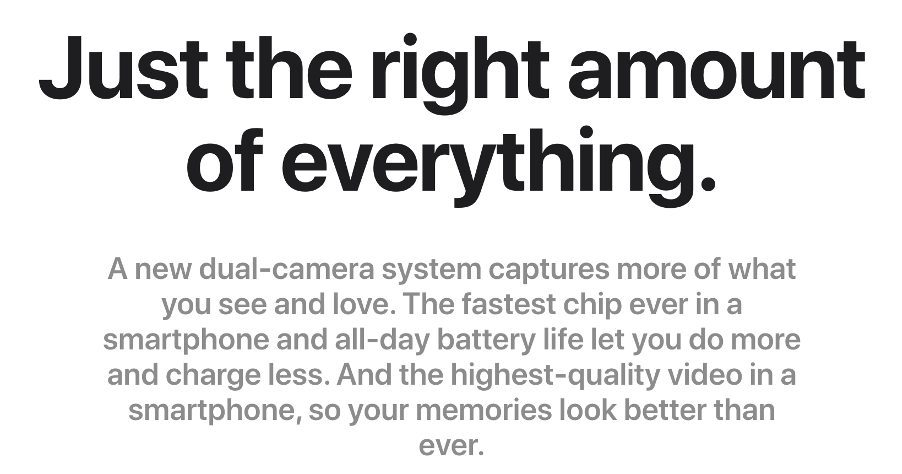
The customer doesn’t have to worry about the tech specs – they trust Apple to know what they’re doing. They just want the latest iPhone with the best camera.
Nike
Nike probably has one of the best-known (and simplest) taglines of all brands: “Just Do It.”
The tagline helps explain their mission statement: “Bring inspiration and innovation to every athlete in the world.”
And they even clarify what they mean by athlete: “If you have a body, you are an athlete.”
Their inclusiveness comes through in all their campaigns. For example, Mamba Mentality focuses on a nurturing a winning mentality featuring Kobe Bryant:
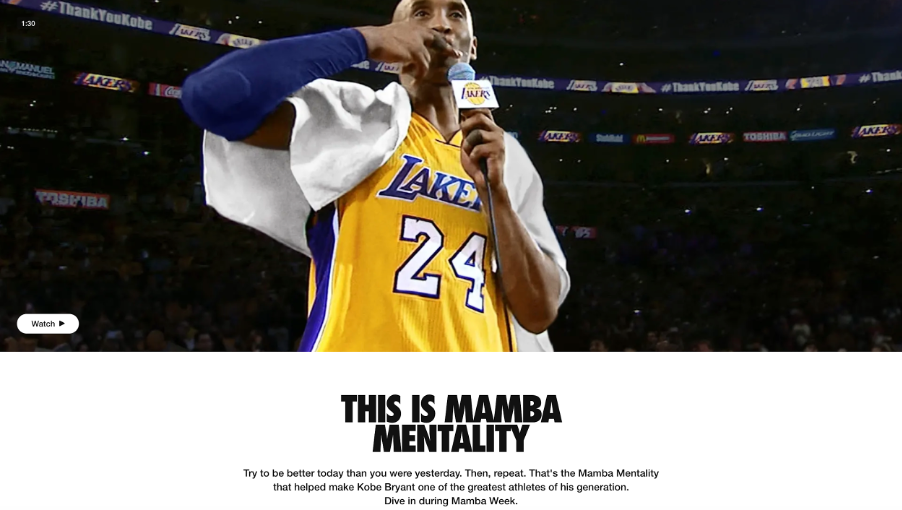
“Try to be better today than you were yesterday. Then, repeat. That’s the Mamba Mentality that helped make Kobe Bryant one of the greatest athletes of his generation. Dive in during Mamba Week.”
BMW
BMW positions itself as “The Ultimate Driving Machine.” Of course, “petrol heads” can delve deep into the mechanics of each car, but BMW pitches their brand message on more aesthetic values.
Their target audience is not motorists who want a runaround to get from A to B. They want motorists who’ll appreciate the more nuanced motoring experiences of how their car holds the bend or accelerates smoothly from 0-60 with minimum fuss.
For each model, they vary the tagline to suit the style and audience. For example:
- Roadster – Timeless classic with a modern twist.
- Sedan – For all the bends ahead.
- SUV – A companion for every adventure.
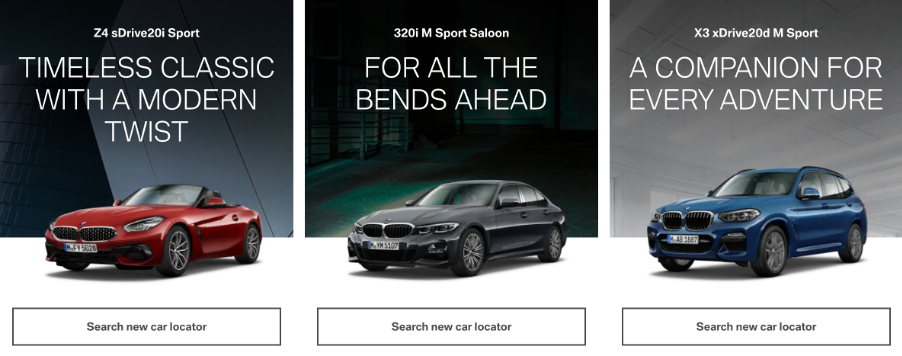
How to Develop a Brand Messaging Framework for Your Business
Now you know what brand messaging is and how important it is for your organization, let’s look at how you can develop a brand messaging framework to take advantage of those benefits.
What Does a Brand Messaging Framework Look Like?
A brand messaging framework contains your:
- Tagline
- Value proposition
- Brand messaging pillars
Such a framework is designed to flow from top to bottom so that each section reinforces and supports the previous one.
It starts with your tagline (the main idea), introduces your value proposition (what you do), and ends with your brand messaging pillars (how you do it).
Based on your brand messaging guidelines, you can extract the following information to populate your brand messaging framework.
Step 1: Build your value proposition
Your value proposition is a simple statement that explains what benefits your product or service provides – i.e. the value people get from it. You want it to show how your brand solves a problem and why people should choose you.
An easy way to explain your value proposition is to use the XYZ formula:
We help X do Y doing Z
You can break it down like this:
- Who you help: Who did you create your product or service for? Who does it benefit?
- What you help them with: What does your product/service do?
- How you help them: How does your product/service help someone?
For example:
Loomly is a Brand Success Platform that empowers your marketing team to manage every aspect of your social media communication.
Step 2: Craft your tagline
Your tagline needs to be short and snappy – like Nike’s “Just Do It” or Apple’s “Think Different” – and encapsulate your value proposition and brand positioning. Try to use a few words, and leave the longer description for your value proposition.
Step 3: Develop your brand messaging pillars
Your brand messaging pillars are a crucial element of the framework. They are the three primary themes, benefits, or selling points that differentiate your brand’s product or service.
Take the iPhone 11, for example. Apple lists three primary features and benefits:
- A new dual‑camera system captures more of what you see and love.
- The fastest chip ever in a smartphone and all‑day battery life let you do more and charge less.
- The highest‑quality video in a smartphone makes your memories look better than ever.
If you have more selling points, then focus on the three most important features and benefits you want to highlight. Or, consider ways to merge points into others.
For example, at Loomly, we might say:
- Control your brand messaging with Post Mockups and Approval Workflows.
- Reach your audience with Native Scheduling, Post Targeting, and Sponsoring.
- Polish your content with Post Optimization Tips and Loomly Studio.
Step 4: Tweak your brand messaging
Finally, it’s time to check and refine your brand messaging. Step through each section to make sure:
- The message flows logically
- The tone of voice and language is right
- The benefits are clear
Add or remove words to enrich or condense the message accordingly.
How to Implement Your Brand Messaging Framework
Once you’ve created your brand messaging framework, you need to make sure it’s used.
1. Include it with your brand guidelines
First, you need to make your brand messaging framework part of brand messaging guidelines. The two go hand-in-hand, and using both will ensure you have a consistent brand message.
2. Refer to it when creating content
Second, make sure everyone, including freelancers, refers to the framework when they’re creating content, whether it’s for emails, social media, or PPC ads. Every piece of content should refer to your tagline, value proposition, and at least one of your brand pillars.
Brand Messaging in a Nutshell
Brand messaging is the art and science of using the right words to communicate the essence of your brand to your audience. It ensures every piece of content is aligned and effective.
Brand messaging guidelines will help your organization to:
- Improve brand consistency
- Increase staff efficiency
- Boost revenue and increase LTV
Developing a brand framework for your products and services makes it crystal clear to your team what tagline, value proposition, and brand messaging pillars to focus on when creating any type of content.
Brand messaging is what makes your brand relevant to your target audience and convinces them to trust in your brand.

